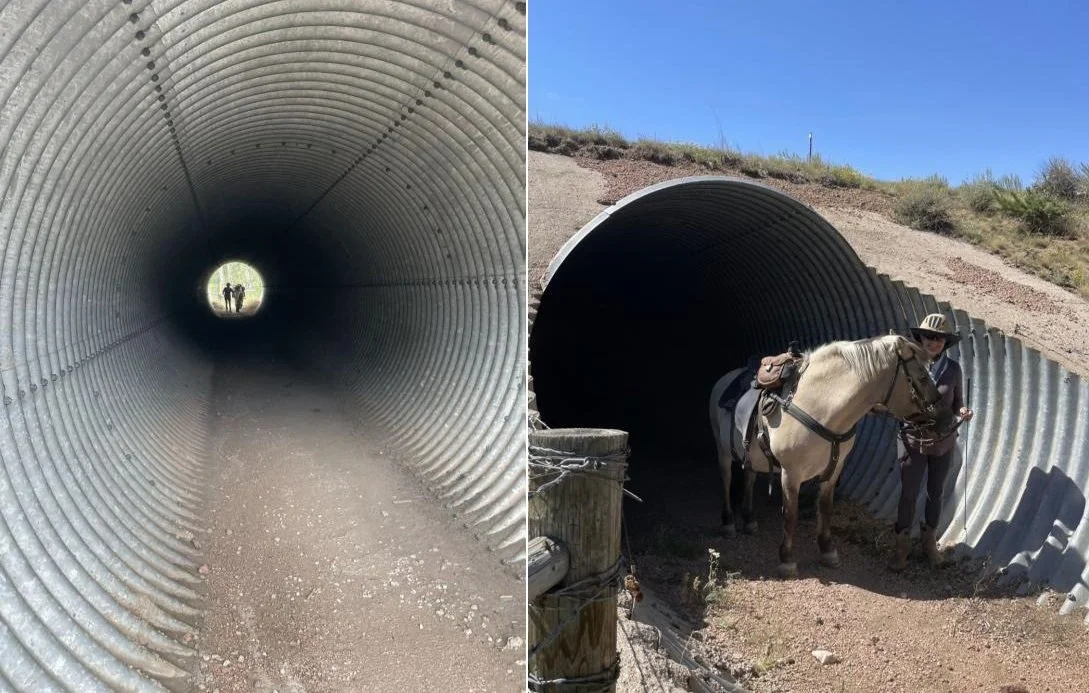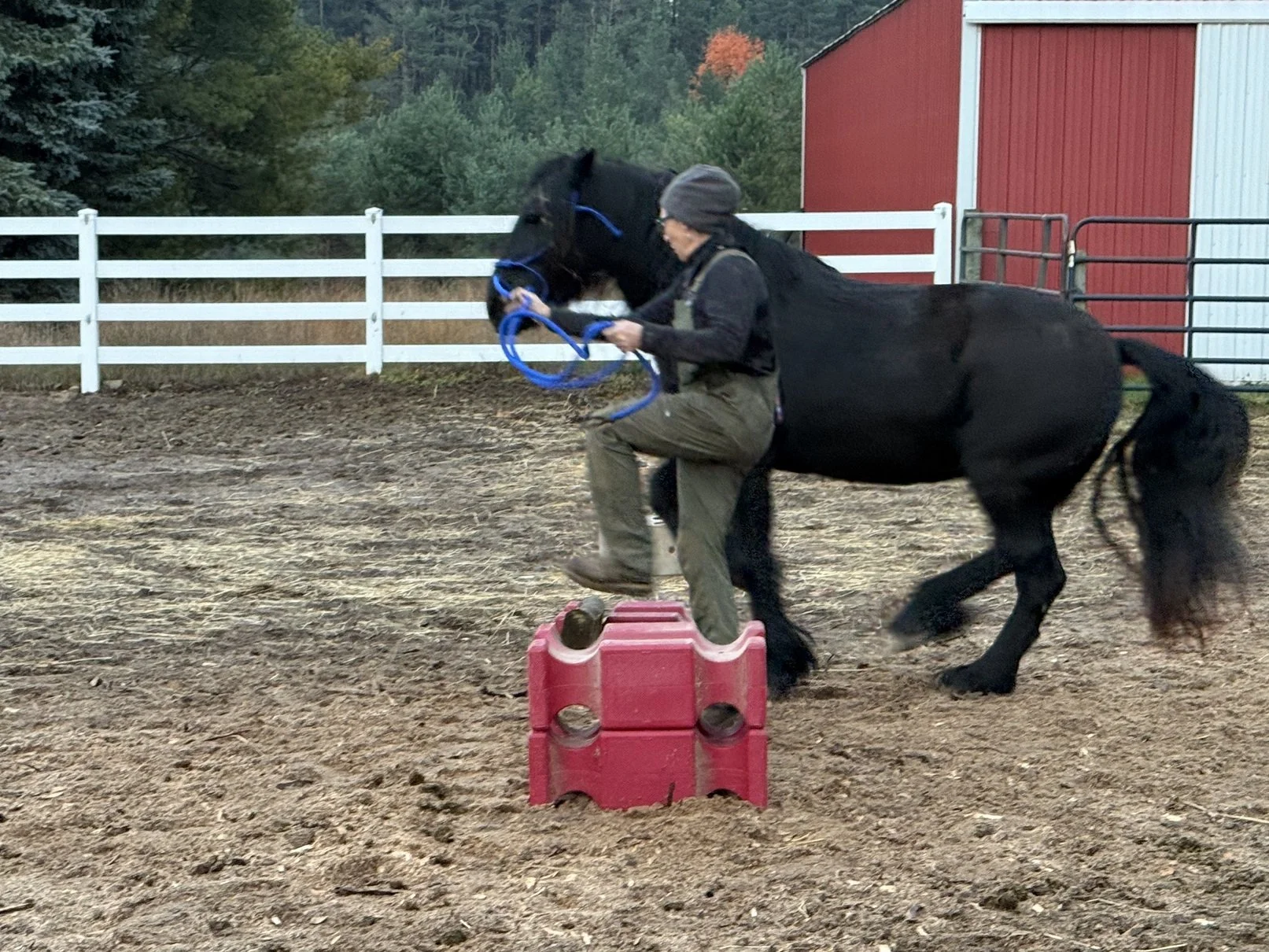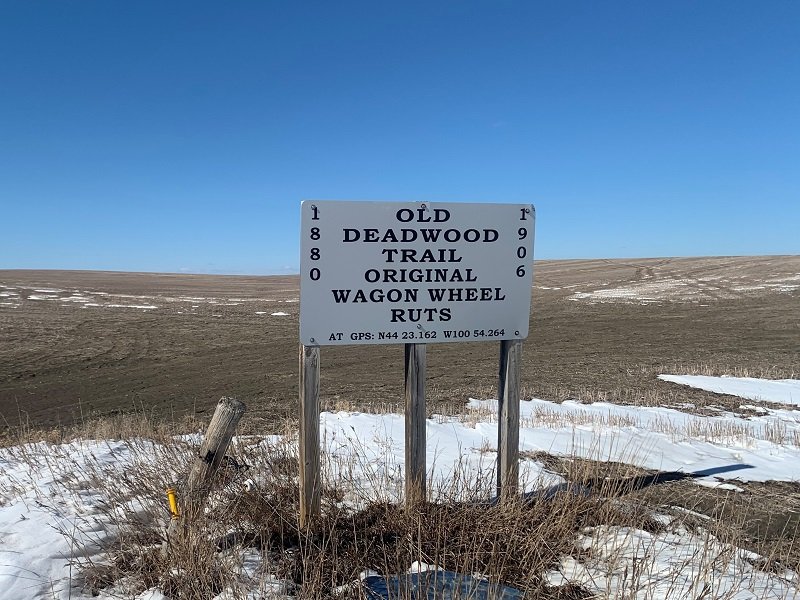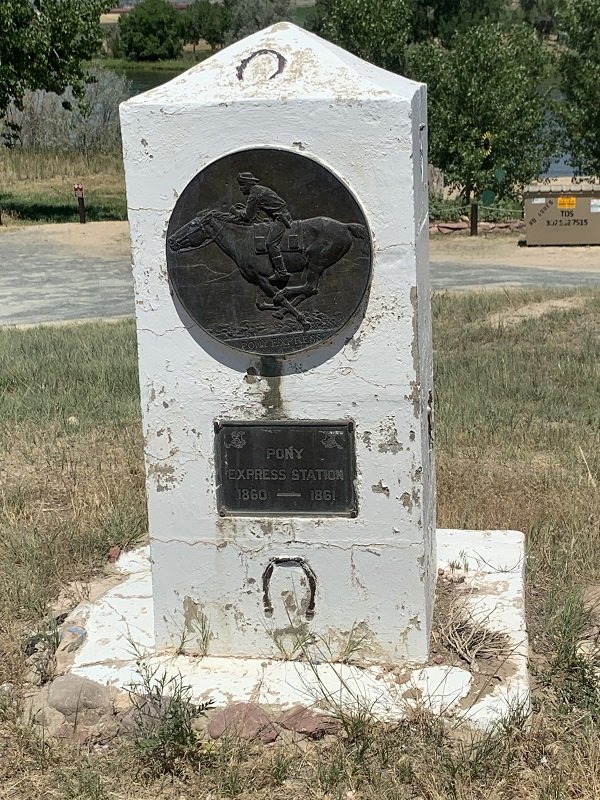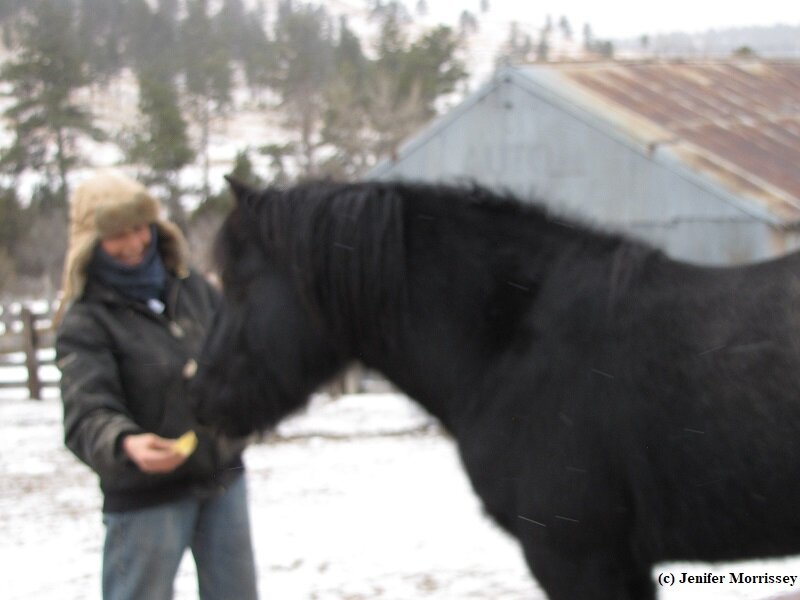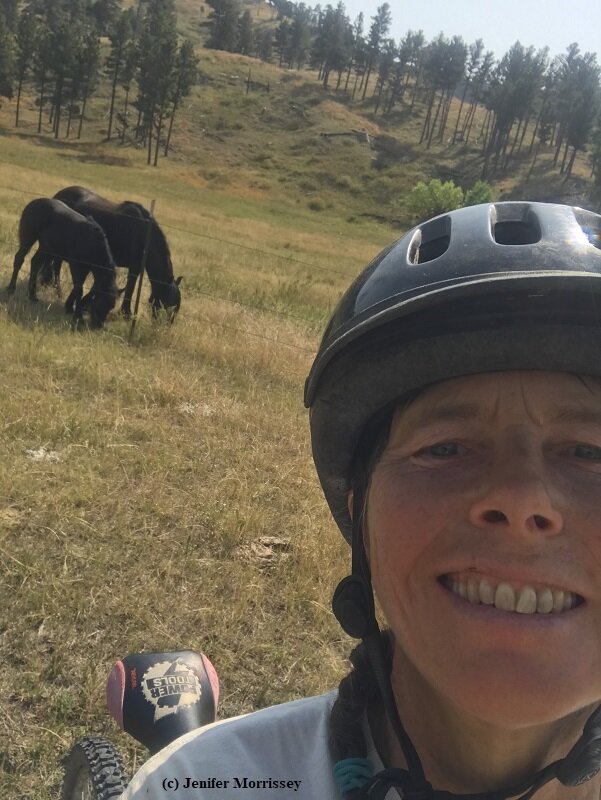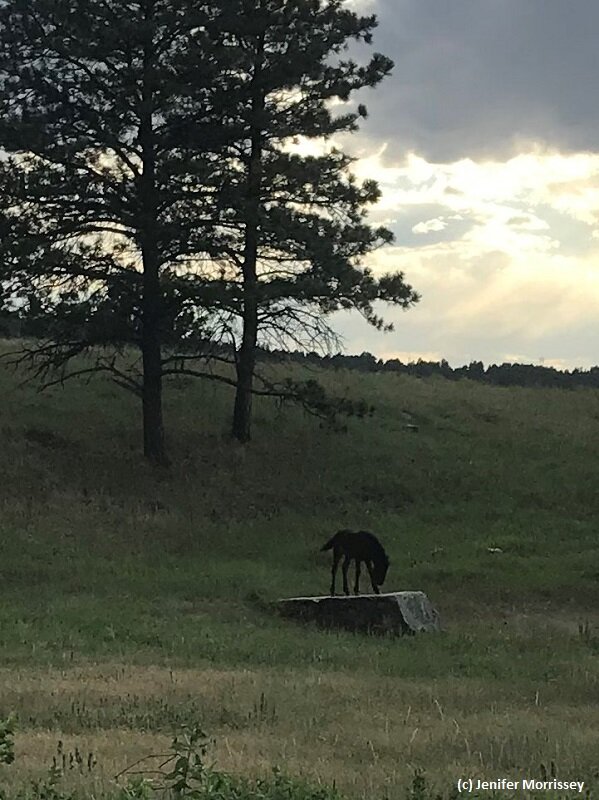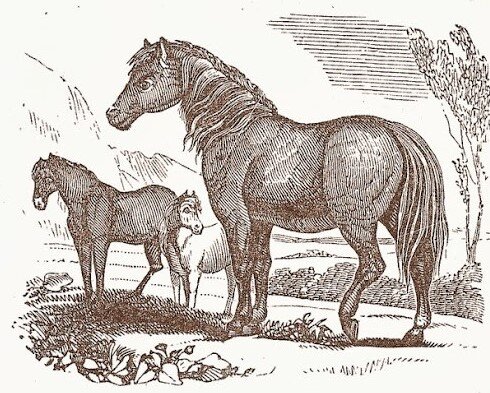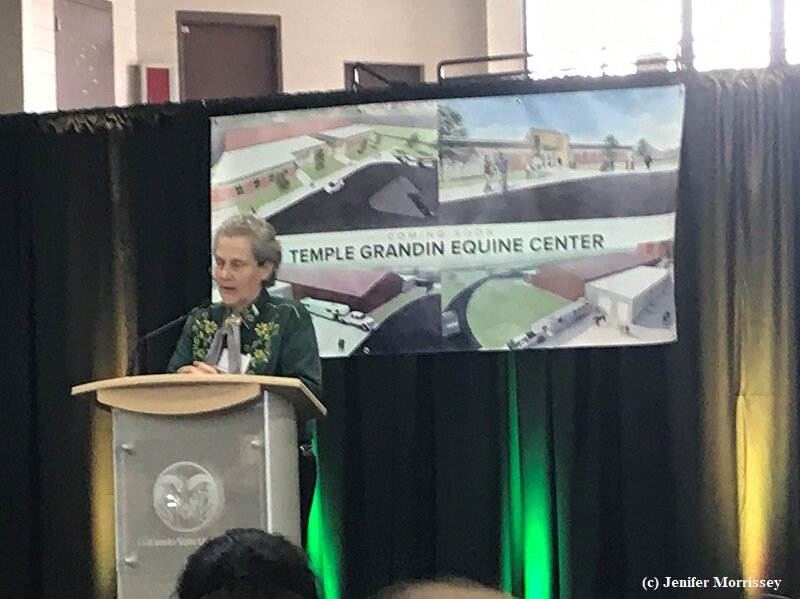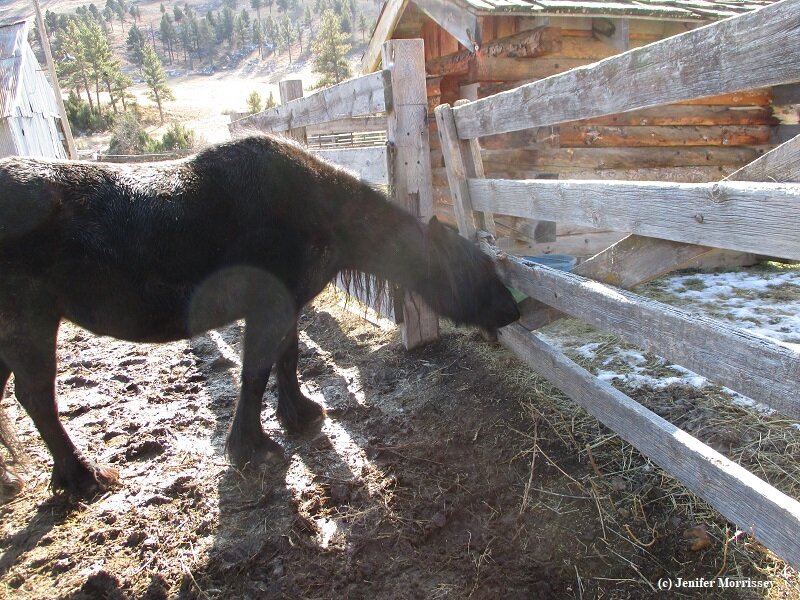I am so grateful to all of the people who expressed interest in the Partnering with Ponies 2025 Tribute. And then I sincerely appreciate those that supported the Tribute by signing up. And finally my heart has been filled to overflowing by those who completed the Tribute. The comments I have received have confirmed that our ponies enjoy partnership and respond to our attempts to create that relationship! I remain grateful to the Fell Pony Society Challenge team for inspiring the Tribute.
For many participants, recording the notable moments was challenging. The reason I included notable moments in the Tribute is something clinician Warwich Schiller says often: “The sense of being seen, being heard, feeling felt, and getting gotten…. There is something about communicating your awareness of that stuff that really makes a difference with horses.” By asking participants to record their notable moments, I was hoping their awareness of ‘that stuff’ would plant the seeds of partnership with their ponies. Several participants definitely felt that was the case.
Here are some comments I received from participants:
“This has been the absolute best thing ever to happen to my ponies and me!! If my documentation isn’t up to par, don’t worry about sending me a ribbon. This was way too rich in what I needed, my reward has already happened. I will continue utilizing these activities for all Fells.”
“My pony and I have totally enjoyed these activities and he has gotten so he wants me to do something every day with him! These activities are definitely ones to build upon and make him even better! Thank you so much for doing this! I hope we can do something like this next year too! Super enjoyable!”
“We did it! I love this pony! She is a wonderful pony and I feel so blessed to be her partner. She comes right up to me these days - maybe because she knows if she wears the halter she’ll get to graze for five minutes before we do anything else - but still…”
“I really so appreciate you doing this. It has really helped the bond between my son and me and has really helped his bond with the ponies. It really has been a gift.”
“On a trail ride with others, my pony spotted a dog and person before the rest of us and then spotted a deer. Neither bothered her. The notable moment with both is that her attention alerted me, so I could alert our riding partner who was on a youngster.”
“Performing this Tribute was an ongoing lesson in how truly fortunate I am to be able to place my expectations and trust on the capable back of my pony. He continues to teach me just how important it is to hold on and when it is okay to let go. Grateful to receive these blessings from the wisdom held in his eyes and under his fuzzy ears.”
“I wasn’t sure if I was going to be able to finish the Tribute. I’m so glad I did. I was reminded once again how willing my ponies are to engage with me and help me achieve what I want to, if I will just show up. And of course, I also need to acknowledge they have their own thoughts, feelings, and ideas about how to get to the finish line! So grateful!”
While we had several Fell Ponies participating, the Tribute was open to anyone interested. We also had a Norwegian Fjord, a Fell cross, and a warmblood youngster!
Several people were unable to complete the Tribute for the various reasons that life sends our way. All funds remaining after ribbons are sent to the participants will be donated to The Fell Pony Society in England. So even if someone wasn’t able to finish the Tribute activities, they will still have that donation to be proud of contributing to.
My co-creator of the Tribute, Paula Guenther, went above and beyond and created a Notable Moments and Photo journal. She and her Norwegian Fjord horse Torrin did mostly mileage and went on many adventures together. The photos were the proverbial thousand words of explanation of the notable moments! She’s given me permission to share it with you (click here).
Here are my favorite photos from the participants. There were so many, it was hard to choose just a few!
Accumulating miles, an alternative to the activities
An acceptable adaptation of the highway clean up activity, #27
Backing through a gate, activity # 11
Walk pony across a tarp, activity #19
Back against a wall, activity #9
More miles being accumulated
Go through an underpass, activity # 34
Jumping over a pole, activity #23
© Jenifer Morrissey, 2025







